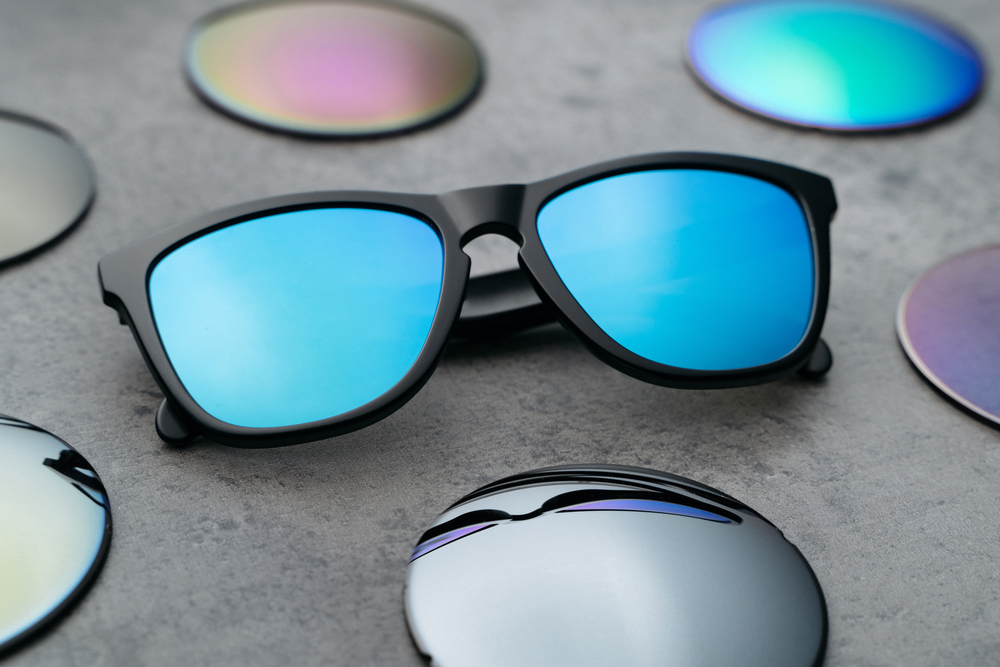
For people living with color vision deficiency, everyday activities like choosing clothes, reading maps, or simply enjoying a sunset can feel limiting. EnChroma glasses were designed to change that. These innovative lenses use advanced optical technology to enhance color perception, helping people with red-green color blindness experience the world in a more vivid and balanced way.

Vision problems come in many forms, but not all can be fixed with a new prescription or standard treatment. Low vision is a type of vision impairment that can make everyday activities much more difficult, even with glasses, contact lenses. Learning about the causes, warning signs, and treatment options for low vision is the first step toward maintaining independence and quality of life.

Contact lenses offer a convenient and comfortable alternative to glasses, but wearing them comes with responsibilities—especially when it comes to protecting your eye health. At Okaloosa Eye Care, we emphasize the importance of regular contact lens exams to ensure that your lenses are not only improving your vision but also keeping your eyes healthy and free from complications.

Noticing shifts in your eyesight can feel scary. Losing clarity in the center of your vision might leave you wondering what is happening. Reading small print or recognizing faces can suddenly feel harder. These struggles are real. Feeling unsure or overwhelmed about what to do next is totally normal.

Dry Eye Syndrome (DES) is a common condition affecting millions of people worldwide. The discomfort and vision issues associated with dry eyes can significantly impact your quality of life, making it crucial to understand the causes, recognize the symptoms, and explore available treatment options.

Low vision is a term used to describe a visual impairment that cannot be corrected with traditional eyeglasses, contact lenses, or surgery. It is a condition that affects millions of people worldwide and can have a significant impact on an individual's quality of life. Whether you are experiencing difficulty with reading, driving, or performing everyday tasks, understanding low vision and taking proactive steps to prevent it can make a significant difference.

Color blindness is a condition that affects millions of people worldwide. It is characterized by the inability to perceive certain colors or distinguish between them accurately. This condition can be inherited or acquired due to various factors such as aging, eye diseases, or medication side effects. Individuals with color blindness often struggle with everyday tasks that rely on color differentiation, such as matching clothes, reading maps, or identifying traffic signals.

The eye is an incredibly complex organ. It performs the critical task of providing us with vision, but like any part of the body, it is susceptible to various conditions and diseases. One of these conditions is keratoconus, a relatively unknown but increasingly prevalent eye disorder.

Glaucoma affects many people and leads to vision loss. It is a condition that damages the optic nerve and results in blindness. The optic nerve sends information from your eyes to your brain. Glaucoma does not have symptoms during its early development stages until it progresses and advances. For this reason, most people call it the silent thief of sight.

The modern digital world far exceeds the expectations of people just a few decades ago. There’s less analog television watching these days; instead, people spend more of their time in front of a screen defined by a constant stream of trillions of ones and zeroes.







